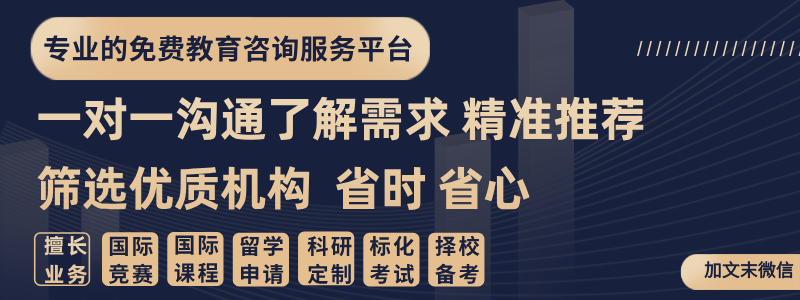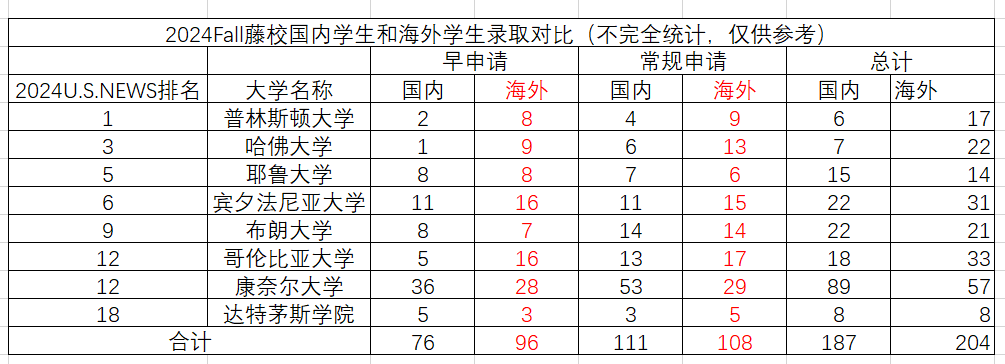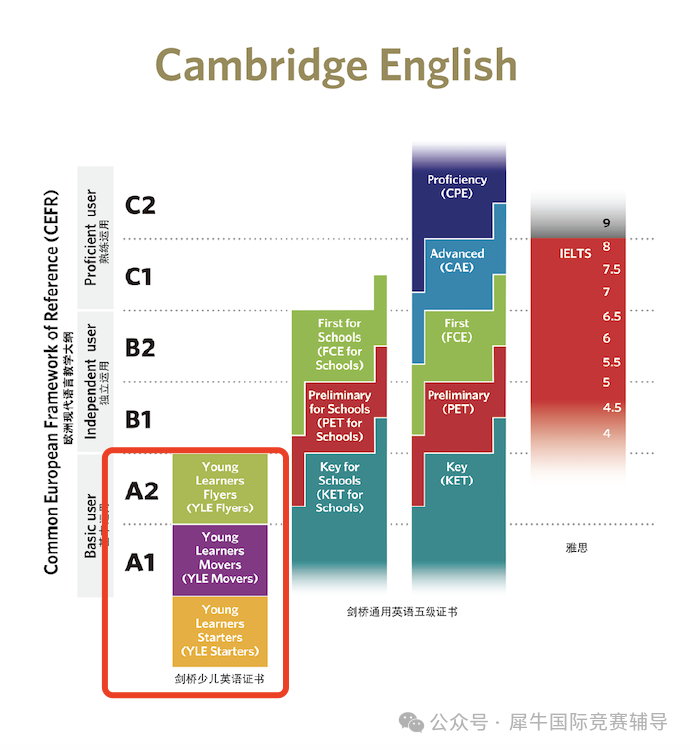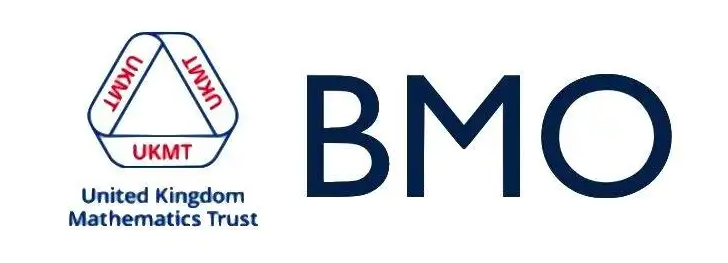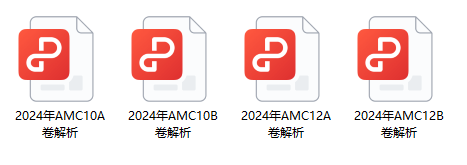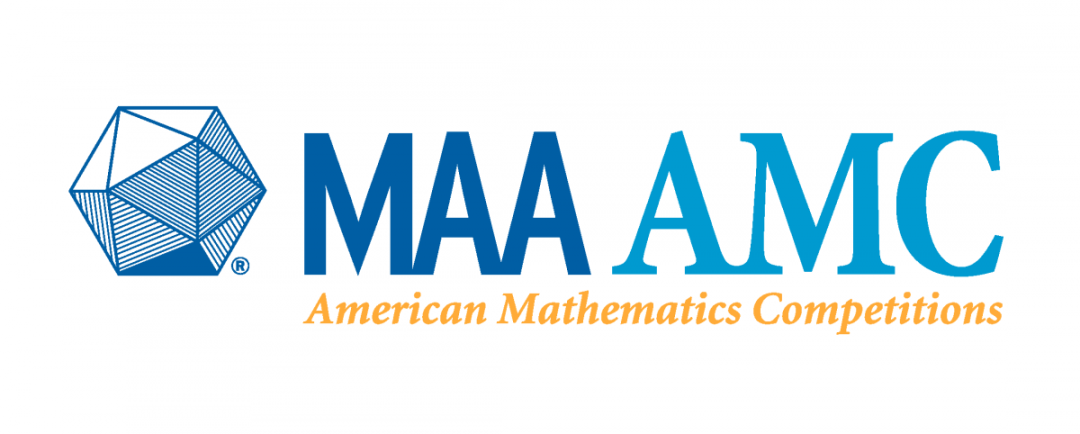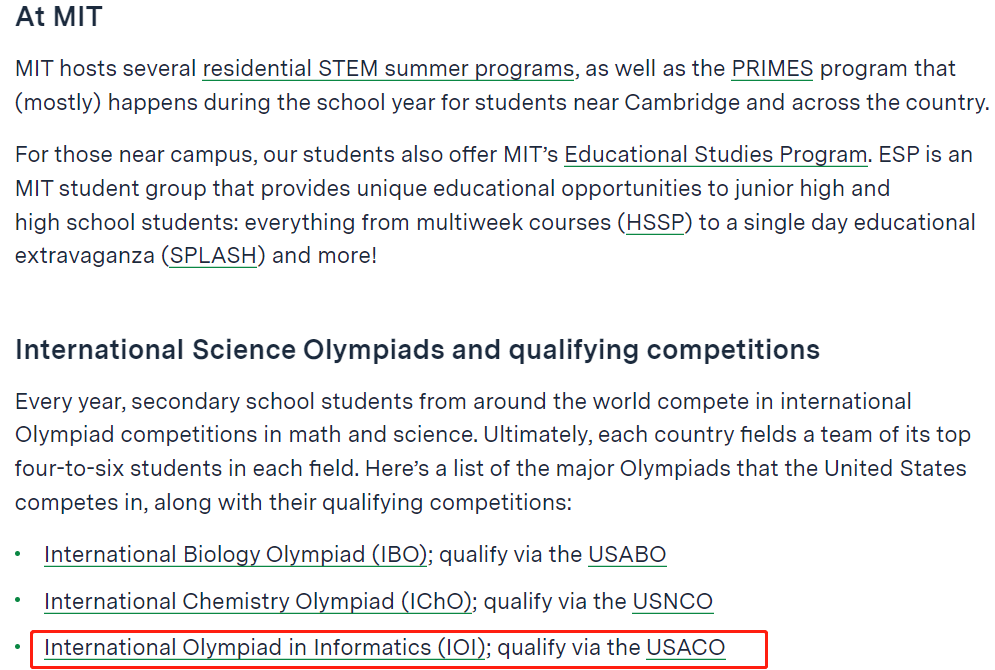通过分题型练习GRE阅读,针对性的逐一突破!今天继续给大家讲不定项选择题~
不定项选择题
📝题目特征:
题目中往往出现如下语句,例如:
For the following question, consider each of the choices separately and select all that apply.
选项共有三个,考生需要从中选出所有符合题目要求的选项。因此,正确的选项可能有一个、两个,也可能有三个。
📝解题策略:
不定项选择题要先看选项,根据选项中的独特信息回到原文一一找对应。类似的,还有EXCEPT题。
01例 题
A tall tree can transport a hundred gallons of water a day from its roots deep undereround to the treetop. Is this movement propelled by pulling the water from above or pushing it from below? The pull mechanism has long been favored by most scientists. First proposed in the late 1800s, the theory relies on a property of water not commonly associated with fluids: its tensile strength. Instead of making a clean break, water evaporating from treetops tugs on the remaining water molecules, with that tug extending from molecule to molecule all the way down to the roots. The tree itself does not actually push or pull;all the energy for lifting water comes from the sun's evaporative power.
(from POWERPREP Ⅱ, Test 1)
For the following question, consider each of the choices separately and select all that apply.
Which of the following statements is supported by the passage?
A. The pull theory is not universally accepted by scientists.
B. The pull theory depends on one of water's physical properties.
C. The pull theory originated earlier than did the push theory.
02文章分析
1.结构与逻辑:
①A tall tree can transport a hundred gallons of water a day from its roots deep underground to thetreetop.
②Is this movement propelled by pulling the water from above or pushing it from below?
③The pull mechanism has long been favored by most scientists.
④First proposed in the late 1800s, the theory relies on a property of water not commonly associated with fuids:its tensile strength.
⑤Instead ofmaking a clean break, water evaporating from treetops tugs on the remaining water molecules, with that tug extending from molecule to molecule all the way down to the roots.
⑥The tree itself does not actually push or pull; all the energy for lifting water comes from the sun's evaporative power.
2.文章分析:
第①句为文章的背景,讲了一个事实,略读。因为第②句没有继续详细阐述、证明第①句,那么这句就不是主题句。
第②句出现了一个问句,为主题句,精读。文章后面的内容肯定是围绕这个问题来展开的。如何判断哪句是主题句?主题句一般都是前面1-2句,通常用词抽象、概括,而且后文会继续详细证明、阐述或回答。
第③句提出一个理论(机制),即pull mechanism,可以理解为是作者用来回答前面问题的,精读。
第④句进一步阐述这个理论的具体原理,属于细节,略读。
第⑤句依然在阐述这个理论的具体原理,略读。
最后一句道出真相,略读即可。
下面开始做题~
| 题目 | 题目分析 | |||
|---|---|---|---|---|
| For the following question, consider each of the choices separately and select all that apply.Which of the following statements is supported by the passage?
A. The pull theory is not universally accepted by scientists. B. The pull theory depends on one of water's physical properties. C. The pull theory originated earlier than did the push theory. |
题型判断:该题一看就知道是不定项选择题。 快速定位:题目问,下面哪个选项是文章support的,根本无法定位,只能一个个选项看下来,然后根据每一个选项里的“独特”信息去定位。 预判答案:不定项选择题与EXCEPT这两种题型只能看选项,然后回原文找对应,很难预判答案。 选项分析:该题选AB。 根据A选项里的 “The pull theory is not universally accepted..”定位到原文第③句 “The pull mechanism...most scientists”,得知这个选项是正确的。 笔者在教学过程中,发现不少考生会以为 A 选项是错误的,因为他们认为 universally = most。这种理解是不对的,事实上,not universally =most。 造成这种错误理解的原因是大部分考生用中文思维去理解 universally 和 most,以为二者都是“普遍”的意思,故universally = most,而A选项中还有一个not,所以A选项是错误的。其实这是考生们的惯性思维和自以为是导致的错误理解。如果查阅《柯林斯词典》,我们会发现 universally 的释义是这样的: ①adv.所有;全部:If something is universally believed or accepted, it is believed or accepted by everyone with no disagreement. 【例句】a universally accepted point of view一个所有人都接受的观点 ②adv.在所有情况下;无一例外地:If something is universally true, it is true everywherein theworld or in all situations. 【例句】The disadvantage is that it is not universally available.缺点在于它并不是随处都可获得的。 所以你可以把 universally 简单理解为all,即“所有;全部”。most 意为“大部分的”,也就并非所有的。因此 not universally = most。 根据B选项里的“physical properties”定位到原文第④句“the theory relies on a property of water ”,得知这个选项也是正确的。 C选项提及两个理论的比较逻辑关系,看了一下原文,发现完全没有涉及这两个理论的对比,因此排除该选项。 |
|||
今天的不定项选择题就讲到这里咯,下一期给大家讲排除题。
关于GRE阅读具体的方法论与操作,GRE语文其他题的解题技巧,想听更多的详细解题套路和方法综述,还想跟着咱们的老师刷完更多绝密真题的,GRE全程班见!!


